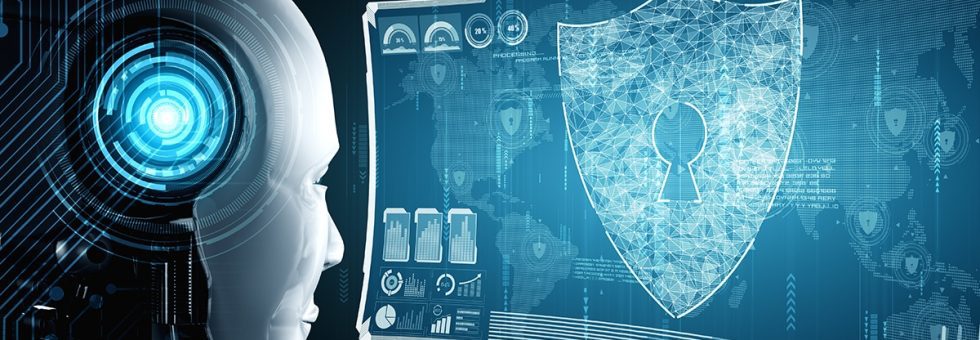The cybersecurity landscape is constantly evolving, with cybercriminals developing increasingly sophisticated methods to breach security systems and steal sensitive data.
Traditional security solutions, such as signature-based antivirus and firewalls, are often ineffective against these new threats. This is where deep learning, a subset of artificial intelligence (AI), comes into play.
Deep learning models are trained on massive amounts of data, allowing them to identify patterns and anomalies that would be undetectable to humans.
This makes them particularly well-suited for cybersecurity applications, as they can be used to detect malware, phishing attacks, and other cyber threats.
Deep Instinct: A Leading Force in Deep Learning Cybersecurity
Deep Instinct is a pioneer in the field of deep learning cybersecurity. The company’s platform uses a combination of deep learning and machine learning algorithms to analyze network traffic and user behavior in real time.
This allows Deep Instinct to detect and prevent cyberattacks with unprecedented accuracy, even against zero-day threats that have never been seen before.
A Quantum Leap in Sophistication: Deep Instinct vs. ChatGPT
To illustrate the power of deep learning in cybersecurity, let’s compare Deep Instinct to ChatGPT, a popular AI chatbot. ChatGPT is a remarkable tool for generating human-quality text, but it is not designed to detect cyber threats.
Deep Instinct, on the other hand, is specifically designed to protect against cyberattacks, and it is far more sophisticated in its ability to analyze and understand complex data.
The Infrastructure Building Blocks of AI
The biggest opportunity in AI currently lies in infrastructure building blocks. This includes developing new algorithms, data processing tools, and hardware that can support the development and deployment of AI applications.
One particularly promising area is generative AI stacks, which can be used to create new products and services. For example, generative AI can be used to create personalized content, such as product recommendations or news articles.
Making AI Adoption Easier and Accelerating Its Application
There are a number of key areas of work that will make AI adoption easier and accelerate its application. These include:
- Picking models: Developing tools that can help businesses choose the right AI models for their specific needs.
- Training models: Making it easier to train AI models on large amounts of data.
- Observing models: Developing tools that can help businesses monitor and understand the performance of their AI models.
- Optimizing models: Developing techniques for optimizing AI models for specific tasks.
Conclusion
Deep learning is a transformative technology that is revolutionizing the field of cybersecurity. By leveraging the power of deep learning, companies can significantly improve their ability to protect against cyberattacks and keep their data safe.
As AI continues to evolve, we can expect to see even more innovative applications of this technology in the years to come.
Read more on our tech news website.





